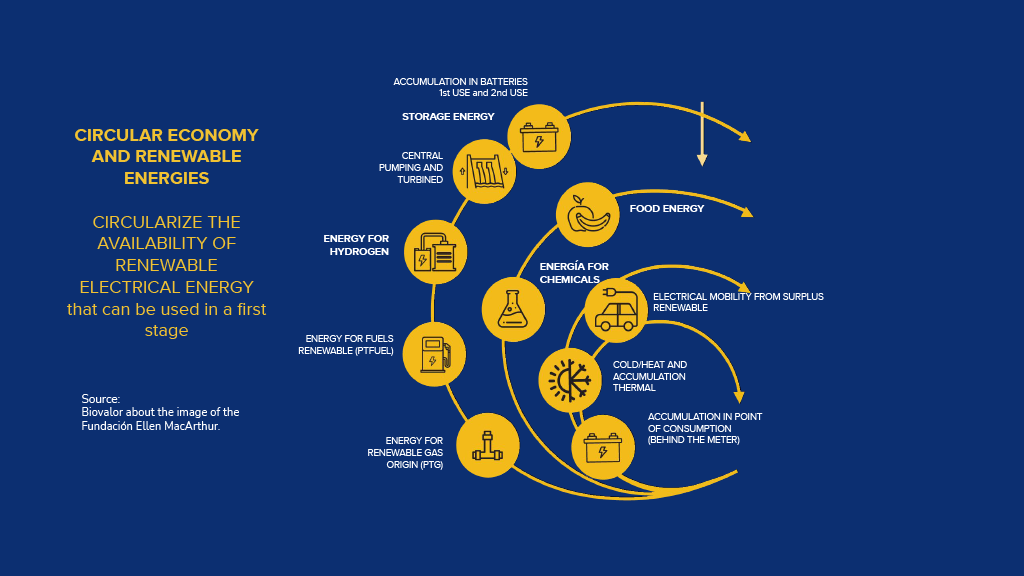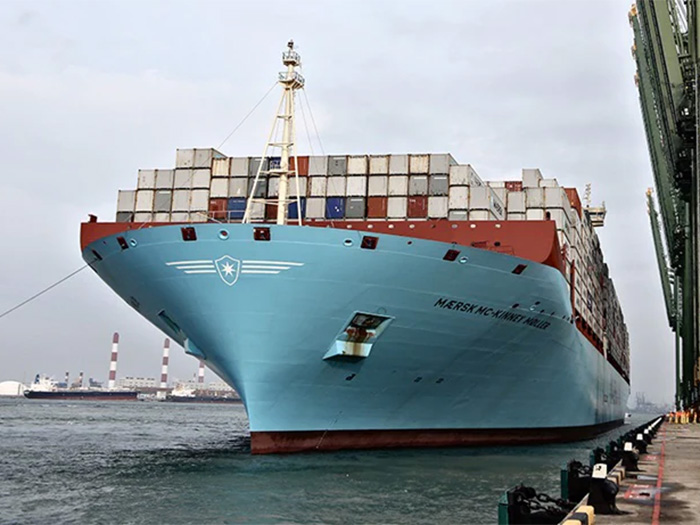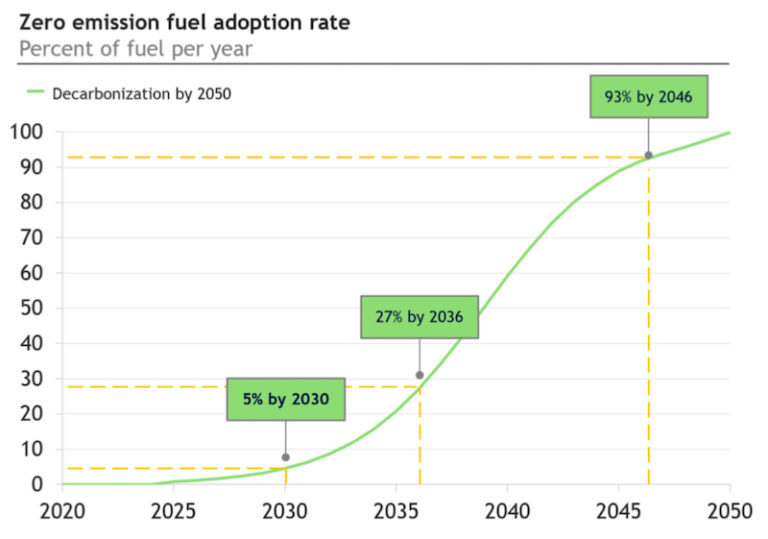The Ammonia Wrap: World Bank boosts hydrogen and ammonia as future fuels, new coalition for bunker ammonia, and cracking at the Wilhelmshaven hydrogen hub
Welcome to the Ammonia Wrap: a summary of all the latest announcements, news items and publications about ammonia energy. This week: the World Bank sees hydrogen and ammonia as key to decarbonising shipping, a new coalition for safe ammonia bunkering, Trafigura co-sponsors MAN's development of ammonia-fueled maritime engines, cracking plant a feature of the new Wilhelmshaven hydrogen hub, RWE and H2U to develop global hydrogen trading between Australia and Germany, Province Resources' West Australian mega-project grows to 8GW and South Africa's Hydrogen Society Roadmap a step closer.









